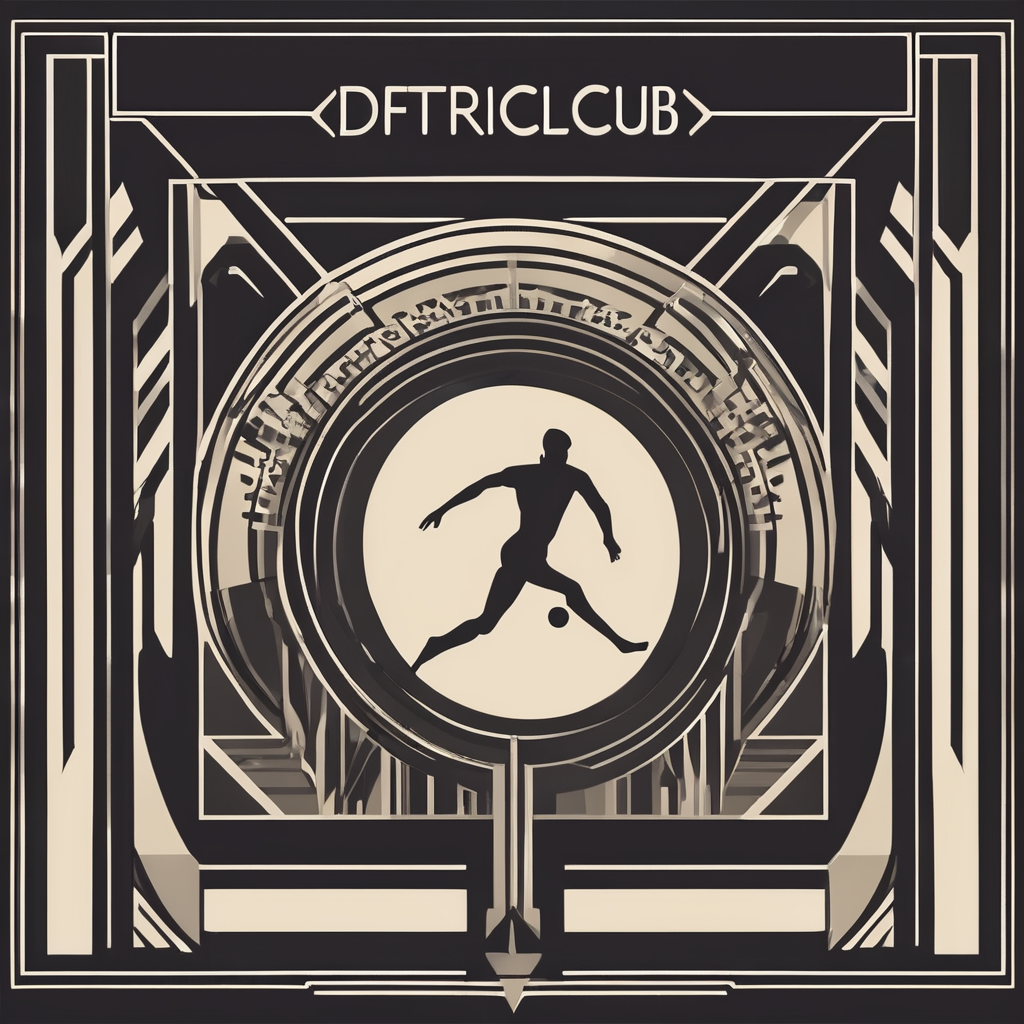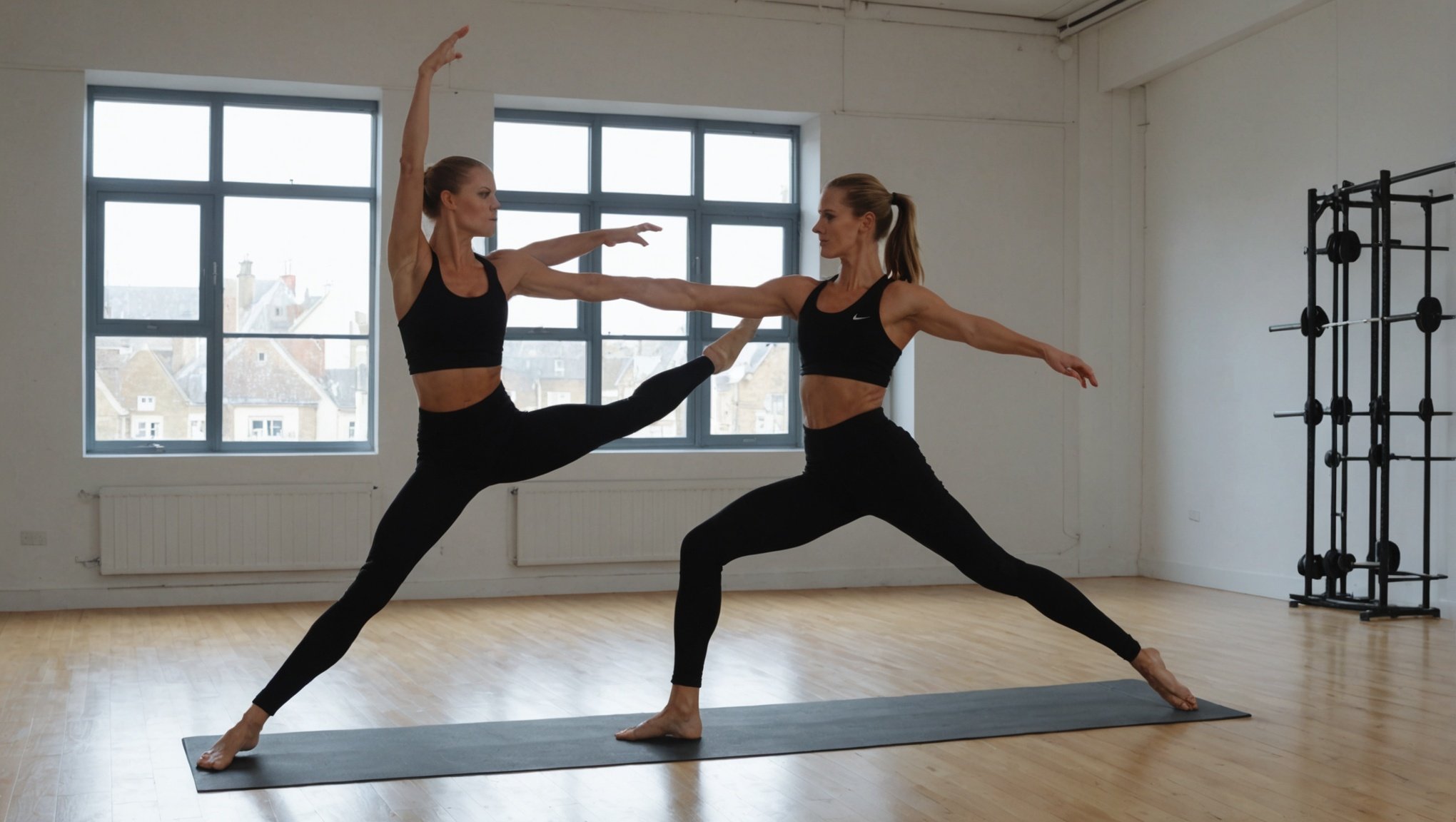Strength Training for Dancers: A Safe and Effective Guide to Enhancing Your Routine
Understanding the Importance of Strength Training for Dancers
Strength training is often overlooked in the dance world, but it is a crucial component for any dancer looking to enhance their performance, prevent injuries, and maintain overall fitness. Unlike other athletes, dancers require a unique blend of strength, flexibility, and endurance to execute complex movements with precision and grace.
“Dancers need to focus not only on muscle training but also on nerve path training. By training the proper nerve pathways, dancers can improve their coordination, balance, and overall performance,” notes a study on muscular strength applications for dancers.
Also to discover : The best running and trail shoe tests to enhance your stride
Building a Comprehensive Strength Training Program
A well-rounded strength training program for dancers should include exercises that target various muscle groups, improve flexibility, and enhance overall fitness.
Lower Body Strength
The lower body is critical for dancers, as it provides the foundation for all movements. Here are some key exercises to include:
Also to see : Unlocking Peak Performance: The Role of Wearable Technology in Athletes” Training and Progress Tracking
- Squats and Lunges: These exercises strengthen the quadriceps, hamstrings, and glutes, essential for jumps, turns, and balance.
- Calf Raises: Strong calf muscles help in maintaining proper foot alignment and support during movements.
- Inner and Outer Thigh Strengtheners: These exercises, such as those found in Ballet Beautiful workouts, help in improving the alignment and strength of the thighs, which is vital for ballet and other dance forms.
Upper Body Strength
While the upper body may not seem as critical for dance, it plays a significant role in maintaining posture, executing lifts, and adding expression to movements.
- Push-ups and Dumbbell Presses: These exercises strengthen the chest, shoulders, and triceps.
- Rows and Lat Pull-downs: These help in building a strong back, which is essential for maintaining good posture and executing movements that require upper body engagement.
- Core Exercises: A strong core is the backbone of any dancer’s strength. Exercises like planks, Russian twists, and leg raises can significantly improve stability and control.
Core and Flexibility
Core strength and flexibility are intertwined and crucial for dancers.
- Planks and Side Planks: These exercises help in building a stable core.
- Yoga and Pilates: These practices are excellent for improving flexibility, balance, and core strength. They also help in enhancing body awareness and control.
- Dynamic Stretches: Incorporating dynamic stretches such as leg swings, arm circles, and hip rotations into your warm-up routine can help improve flexibility and range of motion.
Customizing Your Workout: Ballet Beautiful as an Example
For dancers looking for a workout that is both enjoyable and effective, programs like Ballet Beautiful offer a tailored approach.
“Ballet Beautiful workouts are perfect for all ages and stages. They are low impact yet challenging, and they help in improving posture, reducing tension, and enhancing overall fitness,” says a satisfied user of Ballet Beautiful.
Here are some key features of Ballet Beautiful workouts:
- Customizable Workouts: You can create playlists or follow monthly challenges that cater to your specific fitness goals.
- Mat Workouts: These are particularly beneficial for toning and improving flexibility without the high impact of other workouts.
- Focus on Posture and Alignment: The controlled, steady movements in Ballet Beautiful workouts help in aligning the body and improving posture, which is essential for dancers.
Practical Tips for Incorporating Strength Training into Your Dance Routine
Start Slow and Progress Gradually
It’s important to begin with manageable exercises and gradually increase the intensity and difficulty as your body adapts.
Listen to Your Body
Incorporate rest days and physical therapy if needed. Listening to your body is crucial to avoid injuries and ensure long-term progress.
Combine Strength Training with Dance-Specific Exercises
Integrate strength training exercises into your dance practice. For example, doing squats or lunges during barre work can help strengthen your lower body while maintaining dance-specific movements.
Use Proper Equipment and Technique
Ensure you are using the correct technique and equipment to avoid injuries. For instance, using resistance bands or light weights can be more effective and safer than heavy weights for some exercises.
Table: Comparing Different Strength Training Approaches for Dancers
| Approach | Key Features | Benefits | Challenges |
|---|---|---|---|
| Ballet Beautiful | Low impact, customizable workouts, focus on posture and alignment | Improves posture, reduces tension, enhances overall fitness | May not be as intense for advanced dancers |
| Traditional Gym Workouts | High intensity, variety of equipment and exercises | Builds significant strength, improves muscle mass | Can be high impact, may not focus on dance-specific movements |
| Yoga and Pilates | Focus on core strength, flexibility, and body awareness | Enhances flexibility, balance, and core strength | May not be as effective for building significant muscle mass |
| Dance-Specific Strength Training | Exercises tailored to dance movements, incorporates nerve path training | Improves coordination, balance, and performance | Requires specialized knowledge and training |
Quotes and Testimonials
- “I have never looked stronger before, and I like my body shape more overall. It has really shifted since doing Mary Helen’s workouts,” says a Ballet Beautiful user.
- “Strength training in dancers should be focused not only on muscle training but also on nerve path training. By training the proper nerve pathways, dancers can improve their coordination, balance, and overall performance,” notes a study on muscular strength applications for dancers.
Common Mistakes to Avoid
Overtraining
Dancers often push themselves too hard, which can lead to injuries and burnout. It’s crucial to balance strength training with rest and recovery.
Poor Technique
Using incorrect technique during strength training exercises can lead to injuries and ineffective workouts. Ensure you are using the proper form and technique.
Neglecting Flexibility and Stretching
Flexibility and stretching are as important as strength training for dancers. Neglecting these aspects can lead to reduced range of motion and increased risk of injury.
Strength training is an essential component of a dancer’s fitness regimen. By understanding the importance of strength training, building a comprehensive program, and customizing your workout to your needs, you can enhance your dance performance, prevent injuries, and achieve your fitness goals.
Remember, “the results speak for themselves. Low impact and great for those with chronic illness,” as noted by a Ballet Beautiful user. Whether you are a professional dancer or an enthusiast, incorporating strength training into your routine can help you achieve a stronger, more flexible, and more resilient body.
So, take the first step today. Start with small, manageable exercises, listen to your body, and gradually build up your strength and flexibility. With the right approach, you can improve your dance, enhance your body, and achieve your fitness goals safely and effectively.










